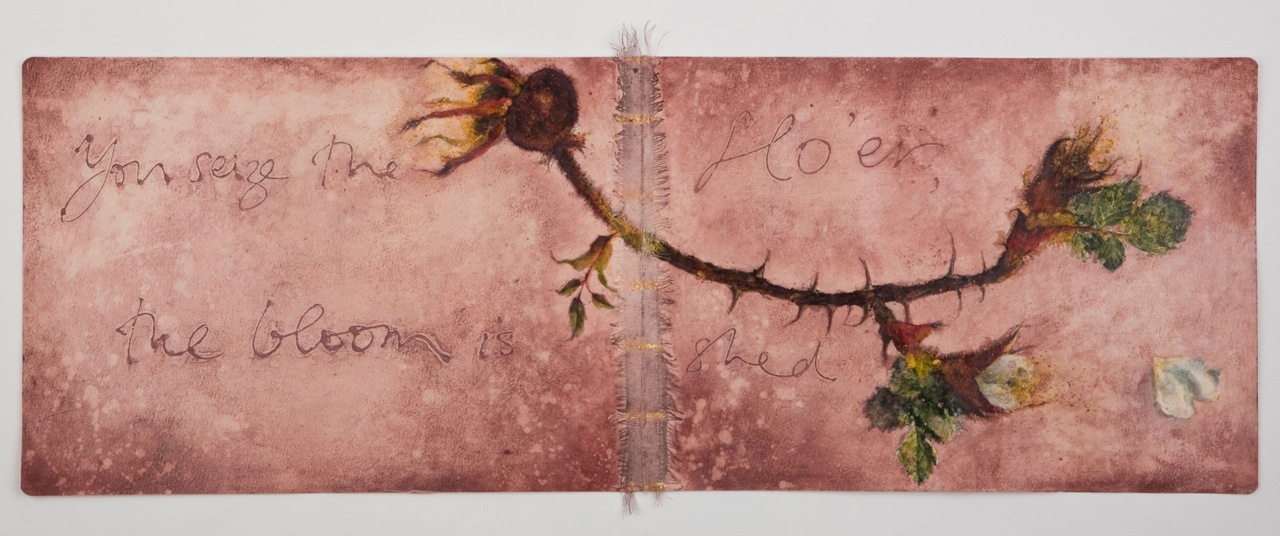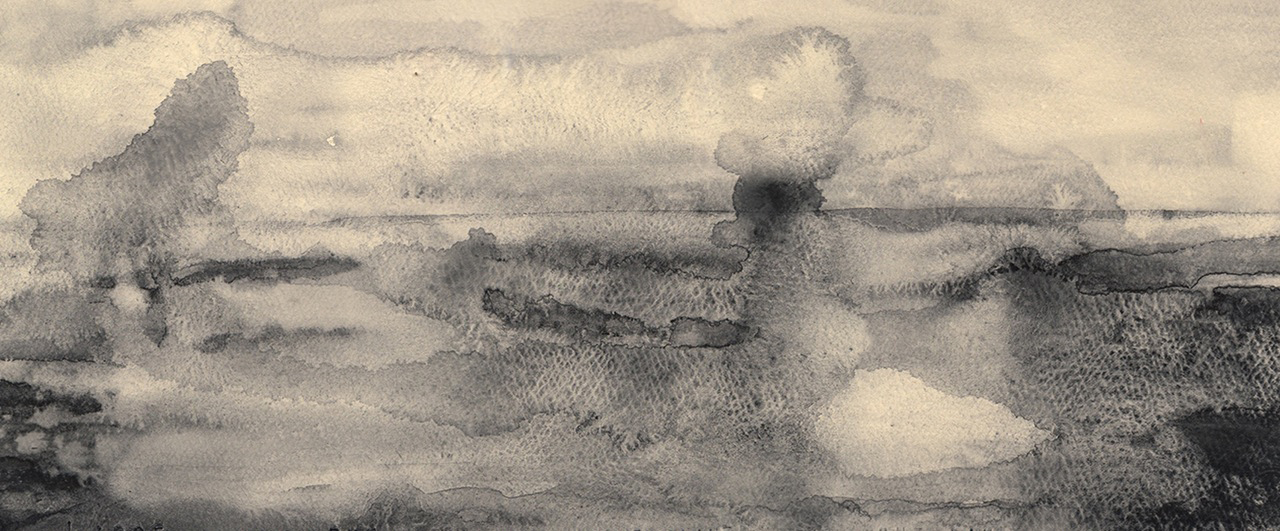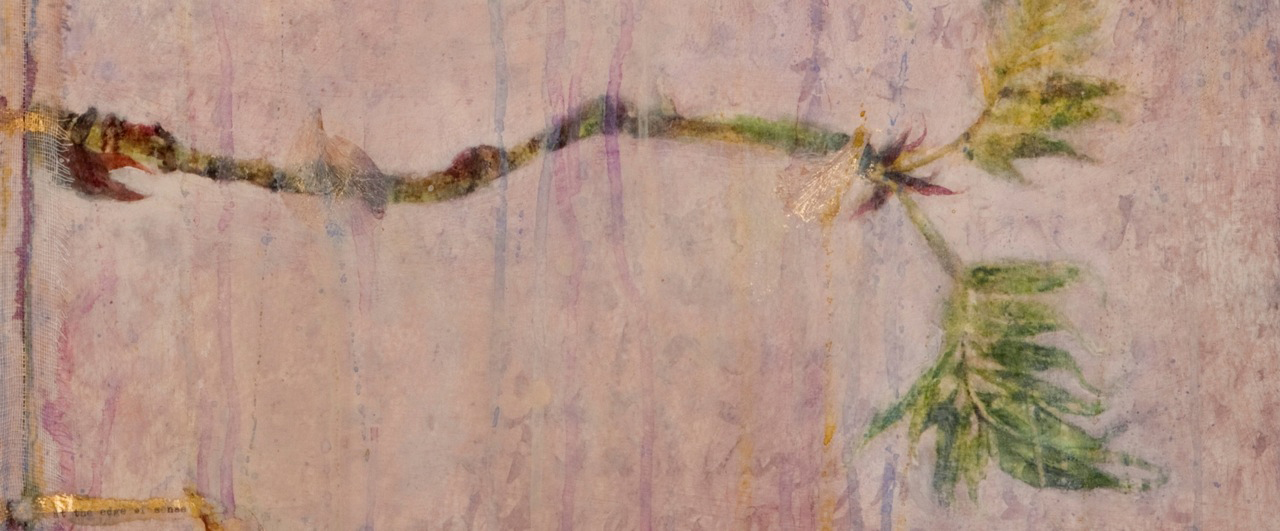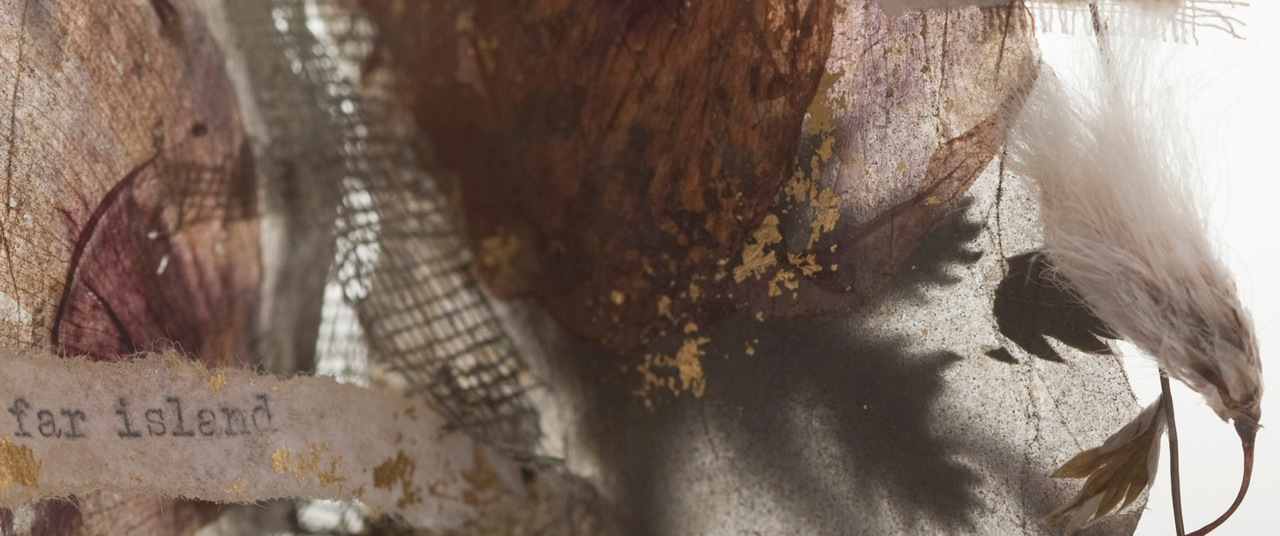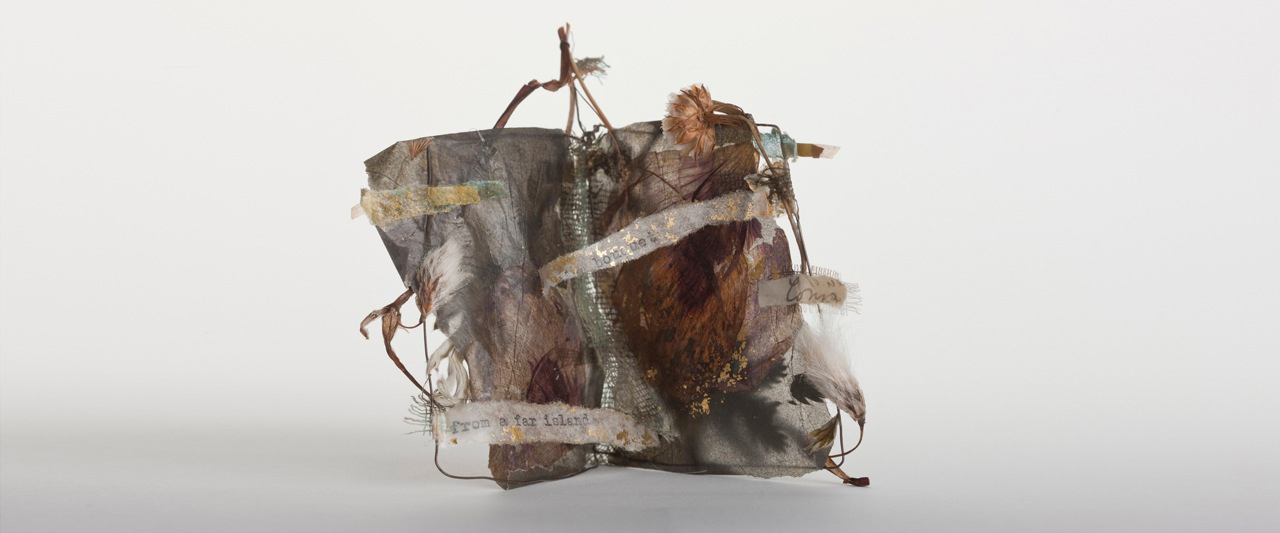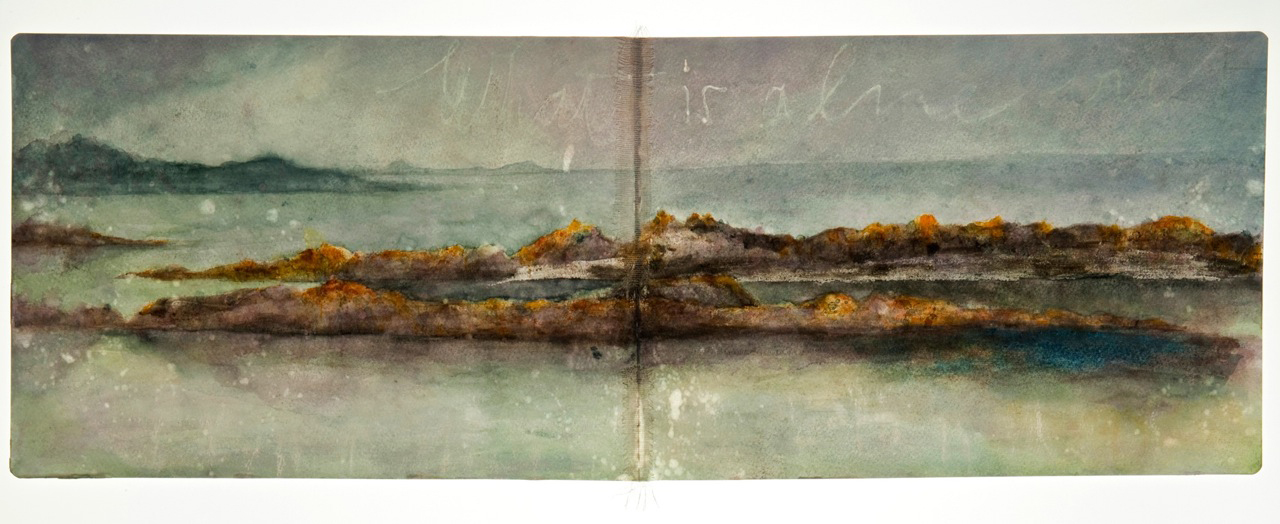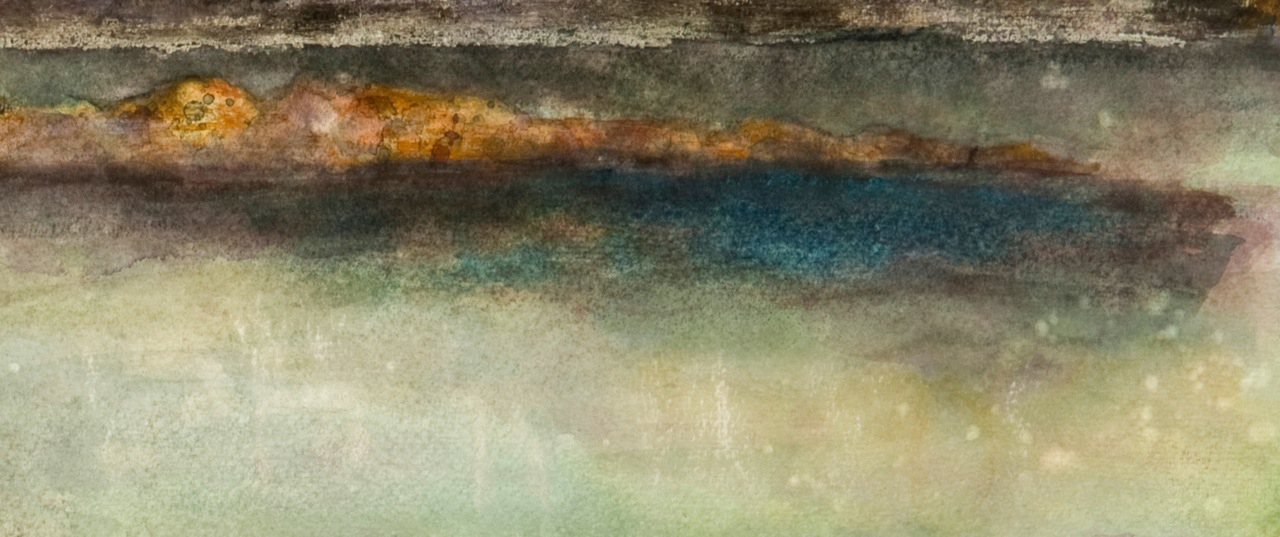Frissure
Kathleen Jamie & Brigid Collins
Last May, just as I turned forty-nine, I was diagnosed with breast cancer. As anyone will tell you who’s undergone the experience – and we are legion – the first few days and weeks were times of clinic appointments, needles, scans, consultations and anxious waiting.
Also, for me, it seemed ironic, a case of life imitating art. Over the last several years I had spent time in medical museums gazing at body parts preserved in oils, and I’d studied many nineteenth-century medical illustrations. These had informed my work. I’d gone so far as to publish an essay called ‘Pathologies’ (Granta 102), about what happened in the pathology lab at Ninewells, my nearest teaching hospital. There, I’d been shown a cancerous tumour in a colon, and – on screen – in a liver, and I’d looked down microscopes. I’d learned how pathologists diagnose and treat cancer, amongst other diseases.
Then, suddenly, it was my turn: my own body was the subject of this attention, my biopsies were sent in to the very lab I had visited. I found this reassuring because I could picture what was happening, and why. Why the interest in lymph nodes, what they looked and felt like. That experience, as well as the love of my family and friends, and the marvelous nurses, stabilized me in those difficult weeks.
Throughout, I tried to keep looking. Because I expressed an interest, I was shown my own mammogram images. I sat beside the radiologist in front of her computer screen, as she pointed with her pencil. The image was rather beautiful, a grey-glowing circle, like the full moon seen through binoculars. The tumour was an obvious density. The radiologist and pathologist looked with their eyes, the surgeon with his fingertips.
I was extremely fortunate. The cancer was caught early. I had a mastectomy, but was spared the need for chemotherapy. The survival rates for people like me are high nowadays.
By then it was July. Recovering from the operation was bliss of a sort. Between summer showers, I lay in the garden. Birds arrived in the rowan tree, then flew off again. No one wanted anything of me, I received nothing but kindness and gifts. Living quietly, I noticed flowers, especially roses, as never before. I walked by the river and slept better than I had in years.
One day, about six weeks after the operation, when the wound was healed, I was looking at my scar in the bathroom mirror. It wraps horizontally from breastbone round onto my back, with a branch-line into my armpit. I can only see it in the mirror, of course, with a mirror’s reversals. I saw it as a site of change, of injury. But also, something in its shape made me pause. As I turned this way and that, I thought it looked like the low shores of an island, seen from afar. Or a river, seen from above. A bird’s-eye view of a river. Or a map. Then, I fancied it looked like the stem of a rose. With that, a line of Burns arrived in my head. ‘You seize the flo’er, the bloom is shed’.
Whatever it was, it was a line, drawn on my body. A line, in poetry, opens up possibilities within the language, and brings forth voice out of silence. What is the first thing an artist does, beginning a new work? He or she draws a line. And now I had a line – quite a line! – inscribed on my body. It looked like a landscape. Because it was changing colour as it healed, it seemed to me as if it had its own weather.
Brigid Collins is an artist who works with many materials: watercolours and oils, petals, grasses, seed-pods, papers and threads of all sorts, wax and gauze and wire. She makes images and three-dimensional objects, and she incorporates into her work words and lines of poetry too, almost as a material. She is more acutely attuned to the poetic line than many a poet.
The last time we’d met, before I was ill, Brigid had said, ‘I’ve been drawing figs, I’m just fascinated by them, observing them as they change and ripen’. And then, ‘I’m thinking of doing some life-drawing again. I haven’t done any for a while.’
Because of that, and not without some hesitancy, I asked Brigid now if she might draw this curious line of mine. If she might be my eyes. I felt sure she’d understand what I meant, and I trusted her, although it was an odd idea. I said I wanted it off my body. And onto paper, so we could both have a proper look at it. Not as documentary, not like the work of the surgeon/artists and medical illustrators of old, although my debt to those people was in my mind, but as a starting point. I told Brigid I’d seen in my scar several referents to the natural world, to change, to the things beyond itself: maps, rivers, roses, fruit.
Also, and privately, I felt that sitting for an artist might even things up, so to speak. I’d been subject to a lot of medical gazing, and was curious about how an artist would see me. An artist’s gaze would be different. For sure, Brigid’s cluttered studio was a far cry from a clinic or operating theatre.
I suppose I felt, obscurely, that I could repay those patients of the past, who had suffered themselves to be drawn by medical illustrators, who had no hope of recovery, as I had.
Though we didn’t know at first what we were doing, over several sittings we established a protocol. Always we began with conversation. We spoke about life and work, family, births, deaths, personal histories, flowers or birds we’d seen. The pressures of the modern world. The place of the artist, especially if she’s a woman. After a while, by a process I can’t guess at, Brigid would have chosen her materials for the day. One week she said she wanted to try oil sticks, the next time she had decided that watercolour was better, because more subtle. We spoke about clothes and dresses, hairdressers, plastic surgery and breast implants. Beauty, in short. We talked about the things women talk about. Then, when we felt ready, I’d half-remove my clothes and sit in the chair, my left side exposed.
What happened then was, for me, very pleasant. Soon the peace of the studio descended, and, as Brigid worked, I’d drift almost to sleep. I’ve always loved distant sounds in the afternoon: a clatter in the stairwell, a faraway shout on the street. The world went about its business as Brigid drew or painted quietly, and I dozed.
What I noticed, made a point of noticing, before I drifted off, was the way she looked at me, at my body, before she moved to make a mark on the paper. She’d spend some long moments looking steadily, considering. Then, she’d make a move, that first line. As she worked, her eyes flicked up and down. To me, to the paper, me, the paper, as her hand moved. It was indeed different to the medical looking, longer and softer.
In this way Brigid made initial drawings and after I’d gone she worked on these, applying pieces of gauze, gold, shimmery blue thread. We still didn’t know what we were doing, but we trusted the process. It wasn’t always straightforward. I went through all the hesitancies and ambivalence I was unable to indulge during the cancer diagnosis and treatment, because that is so swift and shocking. Months later, I was still a bit shocked.
One example. I reacted badly to the first image Brigid made. I sat for her, then went home. Then, as is her practice, she worked up the image, bringing her own artistry to it. Because she loves threads and wires, I knew the idea of using surgical thread, the kind used for sutures, appealed to her.
After a week, she e-mailed me the picture. It was obviously my scar line – I’d know it anywhere now – but the horizontal was gashed with verticals, and fringed with turquoise threads. I was horrified at first, for myself, and for my surgeon. My scar is not Frankensteinian. I felt suddenly protective of it, and had to tell Brigid that I was disturbed by the seeming violence of her image. I considered calling the whole thing off. The project was stupid anyway, vain, narcissistic and weird. But I was over-reacting. She had been engaged in her artists’ world of textures and colours, and had simply brought to her work aspects of her own history and imagination.
This is what I learned: having an artist work with ‘my scar’ or ‘my body’ meant I had to relinquish myself just as surely as I had during my medical treatment. Perhaps more so. The doctors’ and nurses’ intention is to return one’s body successfully treated, the damage limited. Nowadays, the rhetoric is greatly toward the patient’s ‘choice’. Certainly, ‘informed consent’. The patient is in charge, or so the rhetoric goes.
I came to understand that the images Brigid would produce were not ‘mine’. By inviting, or consenting to her artist’s gaze, I had to allow for her interpretation. I had to allow her to do her job. I admire the cool, precise looking of the pathologist and the surgeon, and I also admire the transforming, creative imagination of the artist. That meant allowing Brigid to bring to her images aspects of her own life and history, her own losses and insights.
At no time did Brigid encroach or insist. She met all my concerns with compassion.
The idea evolved that I’d write some short texts that Brigid could use within the work, as she pleased, so we’d both bring our imaginative skills to bear and there would be a measure of reciprocity.
At first I tried to write ‘poems’ but the tone was all wrong. Too smart, too concluded. A looser weave was required, something thready, gauzy, that could be unpicked. Thready? Gauzy? Brigid’s work was having its effect on me.
So, I wrote a few lines from notes I’d made when I was recovering. It seemed that they were falling into themes, though the themes blended into each other. Healing, certainly. Mortality, of course. The idea of the gift. Intimacy. The natural world. The notion of the line. Memory and heredity. All had arisen during my treatment and recovery, but none was strictly medical. In Brigid’s work the texts are not repeated whole, but as fragments, fugitive.
What we present here is a sample of this work in progress. We’re calling it ‘Frissure’: a word coined by Brigid quite by accident, which falls between ‘frisson’ and ‘fissure’. The naked, scarred body certainly causes a frisson. A year on, though, my scar looks less like a fissure. It is quite faded and I’m used to it now.
I’m still hesitant about presenting this work, but in Brigid’s care the line has become a starting place. Here it is transformed into a rose stem, a river, a faraway island, the dawn sky. It leads me from fear and loss back into the beautiful world.
Artwork by Brigid Collins. Photographs by Angus Bremner.

